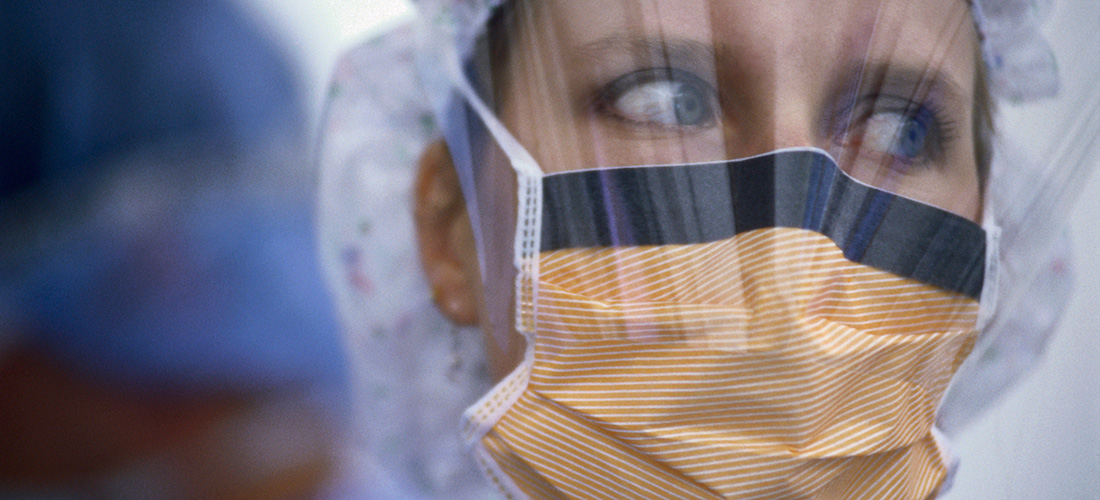2020 Guideline Revisions: 3 Practice Changes to Make Now
By: Aorn Staff
Published: 4/6/2022
2020 Guideline Revisions: 3 Practice Changes to Make Now

New evidence has shifted practice recommendations that impact every member of the surgical team and there is no time to waste in working together to establish these practice changes in your own perioperative setting, according to the Guidelines Editor-In-Chief Amber Wood, MSN, RN, CNOR, CIC.
For example, “changes to the surgical attire guideline are significant and require interdisciplinary collaboration now to establish how these revisions to recommended practices can be best applied in the individual practice setting,” Wood advises.
Here are her inside tips for knowing what changes to the surgical attire and other guideline revisions to tackle now.
- Determine actions at the facility level for donning cloth caps.
- Double-glove to significantly decrease sharps injuries.
Glove perforations are reduced by 71% when wearing two pairs of gloves compared to wearing only one, according to a recent systematic review of randomized controlled trials on double-gloving. This evidence strengthens AORN’s previous recommendation to double-glove for preventing potential exposure to bloodborne pathogens if a sharps injury occurs. - Assess EVERY patient for hypothermia risk.
The scalp and hair should be covered when entering the restricted or semi-restricted areas. An interdisciplinary team that includes the surgical team and infection preventionists may determine the type of head covers that will be worn at the healthcare organization. When developing a facility-level policy, keep in mind that AORN’s recommendation is to establish and implement a process for managing cloth hats, including the laundering frequency and method.
These recommendations are based on recent evidence that does not demonstrate any association between the type of surgical head covering material and the outcome of SSI rates.
With abundant new evidence on hypothermia risk across all patient populations, AORN now recommends that a risk assessment be conducted for every patient during preoperative care. The evidence shows that anesthesia blocks the normal bodily reactions that prevent hypothermia in any patient and identifies certain patient and procedural factors that may increase the risk for hypothermia.
Other revisions to the guidelines address autologous tissue management storage temperature practices, sterile packaging changes to eliminate use of clear tip protectors, and changes to environmental cleaning practices in the OR and other perioperative spaces.
The format of the guidelines also is new, and the evidence model used to rate practice recommendations has changed, Wood shares.
She says these and other revisions in the 2020 edition of the guidelines “offer a good opportunity for a team to come together to establish practice updates and emphasize the importance of evidence-based practice in all areas of perioperative care.”
Want to learn more about Guideline updates? Wood and fellow Guidelines authors will be taking questions during Expo Hall Hours at Global Surgical Conference & Expo 2020. Plus, we’ll be kicking off the conference with a special education session on the updated Guideline for Surgical Attire.
Preorder your copy of the 2020 edition of Guidelines for Perioperative Practice now to lock in 2019 pricing.

